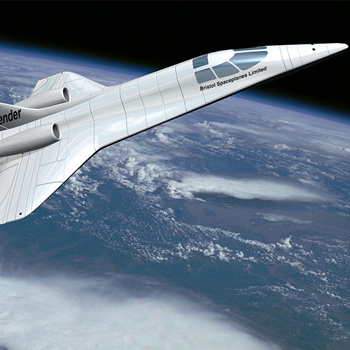A body of mass M is falling from a very high building. The drag force is given by F=kv^2 where k is a constant and v its velocity. How soon will it reach terminal velocity and what will the distance traversed be equal to?
1 Answer
Dec 9, 2017
Explanation:
These formulas are obtained if one solves the differential equation
Note that

